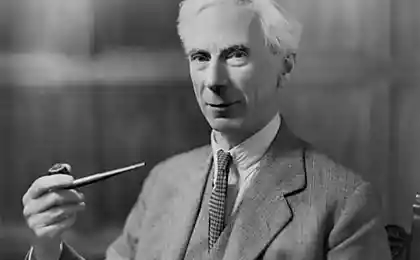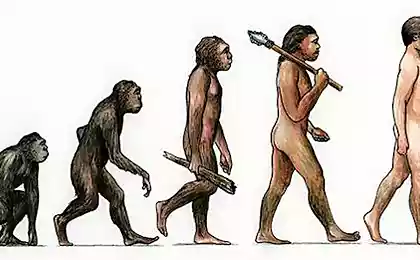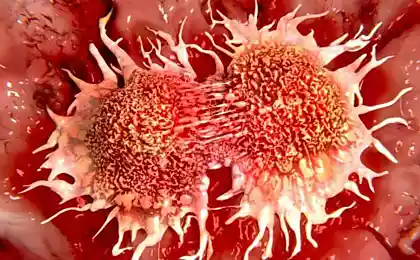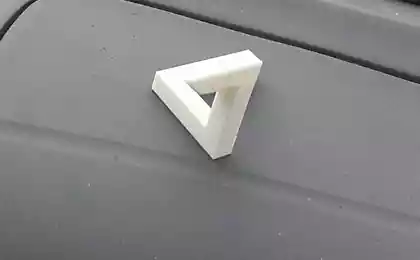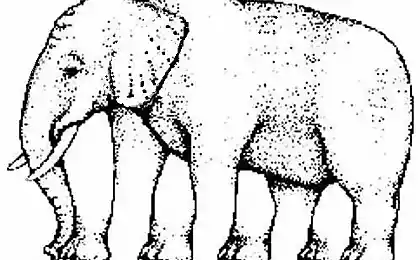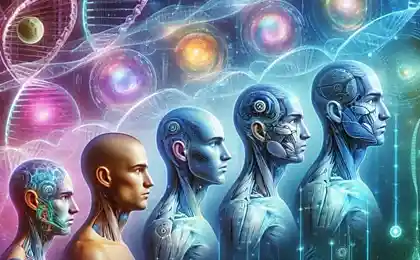531
Scientists: man is an evolutionary paradox

Spanish researchers from the University of Granada have discovered a curious characteristic that is associated with the development of prehistoric human ancestors — primates. Scientists have found that for 2.5 million years of evolutionary development of the human brain-the primacy of ROS, and the size of the teeth decreased.
The results of the study were published in the journal BioMed Research International. Author Juan Manuel Jimenez, Arenas from Faculty Early history and Archaeology of the University of Granada called his discovery the "evolutionary paradox" (contradiction).
The process of digestion begins in the mouth, therefore teeth important for grinding the food. It is logical that if the growing brain, it increases its energy requirements, and therefore, the teeth also need to grow. However, a man from the primates, this did not happen: the size of his brain increased, and the size of the teeth decreased.
The paradox is explained by the change of diet
Scientists suspect that discovered contradiction is related to the changing diet of the people-primates, namely with the advent of in their diets food of animal origin. The increased demands of the human brain from the primates met by animal protein and fat and not by increasing the amount of food and growth of teeth.
The increased brain, in turn, stimulate social and cultural development of the human Primate, which has resulted in the emergence of important technological inventions.
Genes also play a role
The authors of the study put forward other theories about the causes of the growth of the human brain-of the primacy: for example, the decrease in activity and SRGAP2 gene MYH16, which was preventing the evolutionary development of the brain. For example, the gene MYH16 stimulated the growth of the temporal muscle, which prevented the development of the cranial vault.
A decrease in the activity of this gene led to a decrease in the temporal muscle and the removed obstacles for the further development of the human brain.
Source: babyreporter.eu

